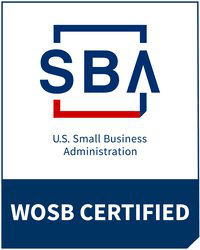Direct ELISA
Enzyme-Linked Immunosorbent Assay
Direct ELISA detects an immobilised antigen (onto the assay plate) using a single conjugated primary antibody. The advantage of direct detection is that only one antibody is required, and thus fewer steps are needed. Non-specific signal from secondary antibody cross-reactivity is eliminated.
There are four main types of ELISAs: Direct, Indirect, Competitive and Sandwich. Find more information on the different types of ELISAs here.
See below for Direct ELISAs general protocol.
Reagents
- Bicarbonate/Carbonate Coating Buffer (100 mM): 3.03 g Na2CO3, 6.0 g NaHCO3, 1000 ml distilled water, pH 9.6
- Phosphate- Buffered Saline: 1.16 g Na2HPO4, 0.1 g KCl, 0.1 g K3PO4, 4.0 g NaCl (500 ml distilled water) pH 7.4
- Blocking Buffer: 1% BSA/serum/non-fat dry milk/casein/gelatin in PBS
- Wash Buffer: 0.05% (v/v) Polysorbate 20 in PBS
- Enzyme Conjugated Primary Antibody
Procedure
The Direct ELISA Procedure can be summarised into 4 steps: Plate Coating, Plate Blocking, Antibody Incubation, and Detection.
Plate coating- Dilute the antigen to a final concentration of 20 µg/ml using the coating buffer. Note: A concentration of 20 µg/ml will saturate available sites on the well.)
- Coat a 96 well plate with 100 µl/well of the antigen. Serially dilute down the plate.
- Cover plate and incubate at 4°C overnight.
- Discard coating solution. Wash plate 3 times using wash buffer.
- Block any remaining Protein-binding sites in the coated wells using 200 µl/well of blocking buffer.
- Cover and incubate at room temperature for 1-2 hours.
- Wash plate 3 times using wash buffer.
- Add 100 µl/well of antibody diluted in blocking buffer. (NB. Antibody dilutions vary considerably and should be determined by the end user. As a guide, use 0.1 µg/ml final concentration for purified antibodies.)
- Cover and incubate at room temperature for 1-2 hours.
- Wash plate 3 times using wash buffer.
- Add 100 µl/well of the substrate solution.
- Incubate for development (if necessary).
- Add 100 µl/well of stop solution.
- Read the absorbance (optical density) using a plate reader

Analysis
Plot a standard curve from the data obtained from the plate reader. Show the concentration on the x axis (log scale) vs. absorbance on the Y axis (linear). Use the plotted standard curve graph to interpolate the concentration of the sample.



